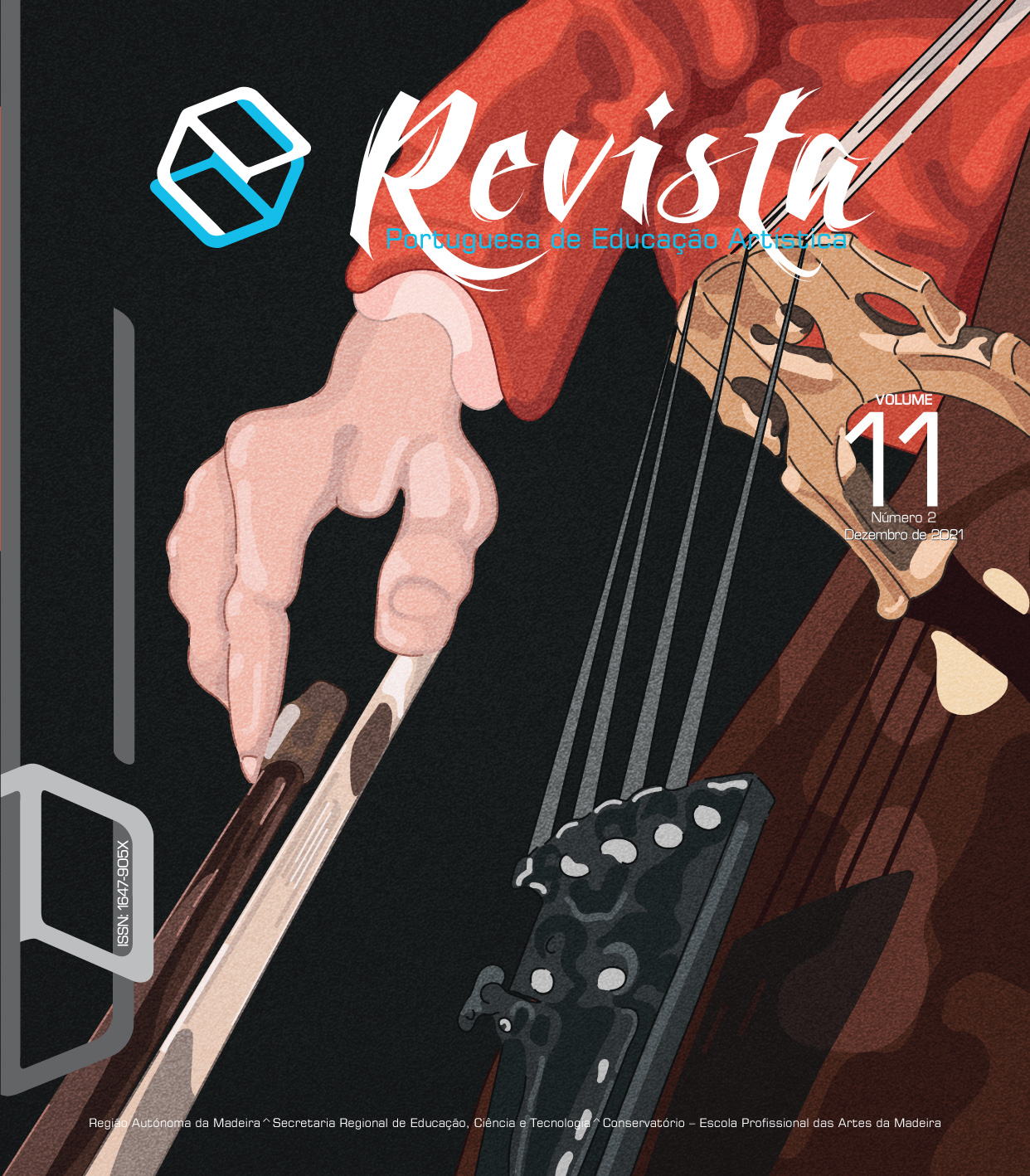Intertextuality in Imagemization: An Approach to Art Education
DOI:
https://doi.org/10.34639/rpea.v11i2.189Keywords:
Visual Language; Intertextuality; Imagemization; Citizenship.Abstract
In this paper, we manifest our defense of access to languages as an unquestionable principle for the conquest of citizenship; likewise, we defend the concept of visual language for the image system. We argue the need for specific processes for access to visual language, different from those adopted for verbal language, and we propose an alternative neologism for what is called “visual literacy”: imagemization, which can be carried out in different ways, according to the respective educational context. As a possibility, we present a research developed in a public country school of the Island
of Santa Catarina, Southern Brazil, in 2018, which takes as a theoretical and methodological framework the linguistic phenomenon of intertextuality. To bring it as a foundation, we revisit the theorists Mikhail Bakhtin, Julia Kristeva, Omar Calabrese and Sandra Ramalho e Oliveira. As for the aspects related to the pedagogical approach, we are based on Paulo Freire. The methodology adopted was the Case Study. As an exercise for accessing visual language and obtaining research data, images created by the students were used, establishing relationships with Leonardo Da Vinci’s Mona Lisa, a choice made by them. The results are presented in words and images.
Downloads
Published
Issue
Section
License
Copyright (c) 2022 Portuguese Journal of Artistic Education

This work is licensed under a Creative Commons Attribution-NonCommercial 4.0 International License.

The work Revista Portuguesa de Educação Artística (Portuguese Journal of Artistic Education) is certified under Licence-Creative Commons Attribution-NonCommercial 4.0 International (CC BY-NC 4.0).




